
Dogs
The dignified and aristocratic appearance of the Irish setter was first seen in Ireland in the 19th century. Ever since then, the breed has been a popular showpiece. Though originally used as a hunting dog, the Irish setter now spends his days doting over the family and children under his care.
The majority of dogs in society have been developed for a particular purpose. Many have evolved to assist their owners in certain aspects of hunting. The Irish setter is no exception.
The Irish setter is thought to have descended from English setters, spaniels and pointers. The breed may also have a little Gordon setter blood.
The primary purpose of the Irish setter was to assist their owners in bird hunting. The dog would point to a bird and hold still until the hunter threw a net over the dog and quarry. Eventually, the dog was bred more for appearance and a beautiful coat. As time went on, other dog breeds became better equipped and proved more popular as hunters. Subsequently, the Irish setter became more of a house pet than hunter.
The Irish setter is a regal and dignified dog. Their long legs, long neck and narrow head make the breed a stunning display of sophistication. The chest is deep and the dog is slender and lean. The most significant aspect of the Irish setter is the hair coat.
The early Irish setters were white with red patches. Gradually, the solid red color became more common and by the 1870s, the controversy over the color was done: red won. The Irish setter's coat is long and deep red to mahogany with flowing feathers on the legs, tail and ears.
The adult Irish setter stands 25 to 27 inches at the shoulder and weighs up to 60 to 70 pounds.
Although energetic and playful, the Irish setter can also be gentle. As a setter, this breed needs plenty of exercise and enjoys the companionship of people.
The Irish setter is a sensitive dog and does best in families that shower him with love and affection. The breed is known to be devoted and protective, especially around children. Young boisterous Irish setters may be too active and rambunctious for very small children.
The breed needs exercise, which can be difficult to provide in an apartment or city environment. Irish setters tend to do best when taken on daily jogs to release pent up energy.
The Irish setter tends to be slow to train but once a task is learned, they rarely need refresher courses. This breed tends toward nervousness and does not respond well to shouts or negative reinforcement. Only positive reinforcement training techniques should be used.
The Irish setter does not enjoy being left alone or confined. Without consistent companionship, the dog may develop behavior problems. If not properly socialized early in life, Irish setters may develop an aggressive temperament.
The hair coat of the Irish setter is beautiful but requires lots of brushing and care to prevent mats and tangles.
In general, the Irish Setter is a healthy dog with few medical concerns. However, the following diseases or disorders have been reported:
The average life span of the Irish setter is 14 to 16 years.
We realize that each dog is unique and may display other characteristics. This profile provides generally accepted breed information only.
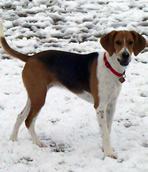 Harriers: A guide to dogs and puppies of the Harrier breed
Harriers: A guide to dogs and puppies of the Harrier breed
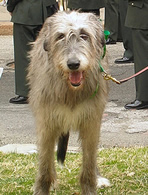 Irish Wolfhounds: A guide to dogs and puppies of the Irish Wolfhound breed
Irish Wolfhounds: A guide to dogs and puppies of the Irish Wolfhound breed
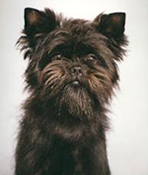 Affenpinschers: A guide to dogs and puppies of the Affenpinscher breed
Affenpinschers: A guide to dogs and puppies of the Affenpinscher breed
 Bluetick Coonhound Breed Profile - Choosing a Bluetick Coonhound
Bluetick Coonhound Breed Profile - Choosing a Bluetick Coonhound
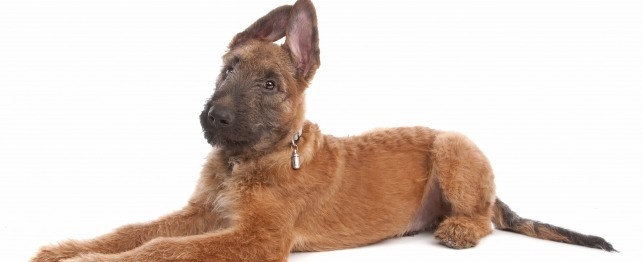 Choosing a Belgian Laekenois- Belgian Laekenois Breed Profile
Choosing a Belgian Laekenois- Belgian Laekenois Breed Profile
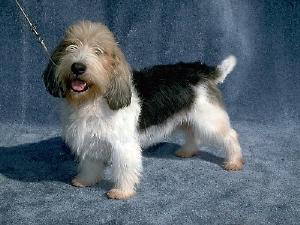 Petit Basset Griffon Vendéen
Petit Basset Griffon Vendéen
 Choosing a Boykin Spaniel - Boykin Spaniel Breed Profile
Choosing a Boykin Spaniel - Boykin Spaniel
Choosing a Boykin Spaniel - Boykin Spaniel Breed Profile
Choosing a Boykin Spaniel - Boykin Spaniel
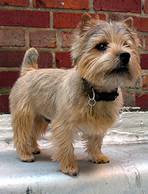 Norwich Terriers: A guide to dogs and puppies of the Norwich Terrier breed
The Norwich Terrier!
The Norwich Terrier is one of the smal
Norwich Terriers: A guide to dogs and puppies of the Norwich Terrier breed
The Norwich Terrier!
The Norwich Terrier is one of the smal
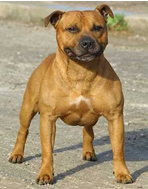 Staffordshire Bull Terriers: A guide to dogs and puppies of the Staffordshire Bull Terrier breed
The Staffordshire Bull Terrier!
The Staffordshire Bull Terr
Staffordshire Bull Terriers: A guide to dogs and puppies of the Staffordshire Bull Terrier breed
The Staffordshire Bull Terrier!
The Staffordshire Bull Terr
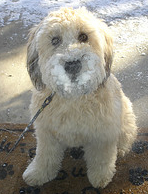 Soft Coated Wheaten Terriers: A guide to dogs and puppies of the Soft Coated Wheaten Terrier breed
The Soft Coated Wheaten Terrier!
The Soft Coated Wheaten Te
Soft Coated Wheaten Terriers: A guide to dogs and puppies of the Soft Coated Wheaten Terrier breed
The Soft Coated Wheaten Terrier!
The Soft Coated Wheaten Te
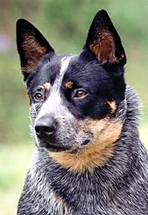 Australian Cattle Dogs: A guide to dogs and puppies of the Australian Cattle Dog breed
The Australian Cattle Dog!
The Australian Cattle Dog came a
Australian Cattle Dogs: A guide to dogs and puppies of the Australian Cattle Dog breed
The Australian Cattle Dog!
The Australian Cattle Dog came a
Copyright © 2005-2016 Pet Information All Rights Reserved
Contact us: www162date@outlook.com